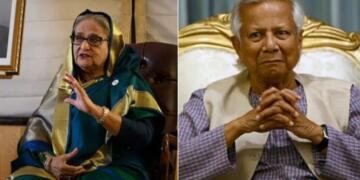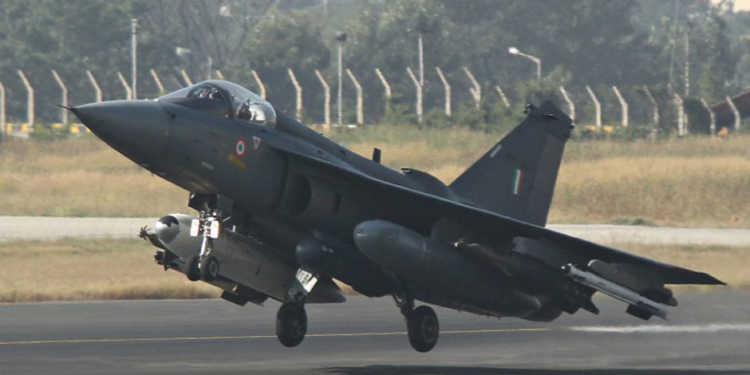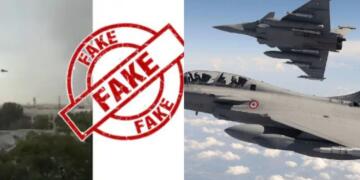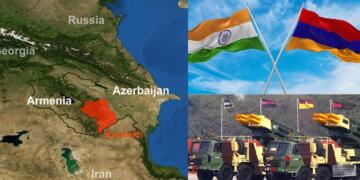The Indian Airforce is down to 33 Operational Squadrons in contrast with 42 required for the two front wars. Thank you so much Slow death Antony. Defence Ministry is one of the most crucial Ministries of the cabinet and when former President Pranab Mukherjee resigned as Defence minister on 24 October 2006. Bad luck of the Indian defence forces started and it lasted for 7 long years and 5 months till Arun Jaitley took over the office. It’s been a fire fighting since then.
Tasks in hand were
- Not letting LCA – Tejas die HF24 Marut Death.
- Rafale (MMRCA) which became unaffordable due to price hikes.
- Reviving FGFA deal.
- Increasing serviceability of the existing squadrons.
At present IAF has 33 operational Squadrons and in another two years it will go down to 23 with the retirement of Soviet Era MIG 21 & MIG 27 which is alarming. But ray of hope in the dark room is Radiant “Tejas”. Despite of the criticism that it took 33 years, it has joined “flying dagger 45” of the IAF and the only challenge left was the increase in the production rate. But good news from HAL is that facility is all set to deliver 16 Air crafts per year by 2019
HAL chief T Suvarna Raju while talking to one of the English newspaper has confirmed that eight Tejas fighters will roll off the line this year – the rated capacity of the assembly line. Furthermore, with an additional investment of Rs 1,231 crore sanctioned for enhancing capacity, the Tejas line is projected to build 10 fighters in 2018-19; and 16 Tejas Mark 1As each year from 2019-20 onwards.
Last year in September the government decided to induct at least seven squadrons of the made-in-India Tejas Mark 1-A Light Combat Aircraft or LCA into the Indian Air Force, to make up for a shortage of fighters. First 20 Tejas MK1 will be made as per IOC standards and second lot of 20 will be FOC standards and there on MK1 A will get into production. MK1A doesn’t require IOC or FOC and it will have following upgrades over MK1
- AESA Radar co-developed with Israel’s ELTA corp.
- Aircraft’s weight reduced by 1000 kg from its initial weight of 6500 kg.
- Made maintenance friendly by re-configuring some of its LRUs and proper distribution of the dead weight in the aircraft.
- In-flight refueling capability.
- An integrated electro-optic Electronic Warfare (EW) sensor.
As Tejas was planned to replace the Ageing Mig 21s and Kaveri engine which was initially intended to power Tejas is not yet ready thus it flies on the underpowered GE 404. Also since the first flight on January 4, 2001 lot of new technology has been introduced in the Fighter aircraft market thus IAF wanted Tejas to be relevant. As reported in 2015 by NDTV “Despite Flaws, India to Induct Tejas Mark 1-A Fighter Aircraft” was far from reality. The MK1 A specification are highly potent for an interceptor platform and despite of an underpowered engine the craft with reduced weight secures enough thrust to weight ratio to make it a deadly platform.
Mr Raju said Outsourcing to private defence firms has been key to achieving HAL’s production targets. “HAL is now focusing mainly on putting together large assemblies that are built and supplied by private aerospace companies. That has allowed us to speed up work exponentially”
HAL has created five “Tier-1” suppliers that each build a part of the Tejas.
- The front fuselage is supplied by Dynamatic Technologies Ltd, Bengaluru.
- The centre fuselage by VEM Technologies, Hyderabad;
- Rear fuselage by Alpha Tocol, Bengaluru;
- Wings by Larsen & Toubro, Coimbatore; and
- The tail fin and rudder by National Aerospace Laboratory and Tata Advanced Materials Ltd.
Each of these Tier-1 suppliers sources components and sub-assemblies from lower-order Tier-2 and Tier-3 suppliers, creating an aerospace industry around the Tejas. In addition, a range of equipment is sourced from other private firms that are emerging as players in the aerospace realm:
- Avionics racks and air intakes from Lakshmi Machine Works, Coimbatore;
- Electrical panels from Amphenol, Pune;
- Slats and elevons from Aequs, Belgaum;
- Pipelines from Rangson, Mysore, and
- Precision mechanical assemblies from Sri Koteswara Cam Systems, Secunderabad.
Mr Raju also added “It earlier took us 19 months to build a Tejas, from start to finish. This is now down to 11 months, and we will be building each Tejas in nine months by September this year”.
With this rate of production the HAL will deliver all 123 Aircrafts by 2024-25. So before all Mig 21 Bison retires by 2022-23 at least 4 squadrons of Tejas will join IAF. IAF Operates 272 Su30 MKI which are considered as heavy and upgraded Mig 29 & Mirage which are in medium category. Light weight category is very important for any air force as it brings the operational cost down.
And to replace Soviet era Mig 21 for both Interceptor & Fighter roles Tejas is more than capable machine and the production challenges are also addressed but delay in decision making has costed IAF a lot.
- IAF is at all-time low of its fighter squadrons.
- IAF has to get another single engine fighter which either will be SAAB Gripen E or F16 Block 72 and its will share Pie of Tejas.
With 36 Rafale and fortified production of Tejas MK1 A the IAF has got some breathing space. IAF has also decided to add up costlier Su30 MKI as stop gap solution but Mr. Antony nation is paying price of your quest to maintain a clean image by literally halting all the deals and progress in the ministry of defence.

































